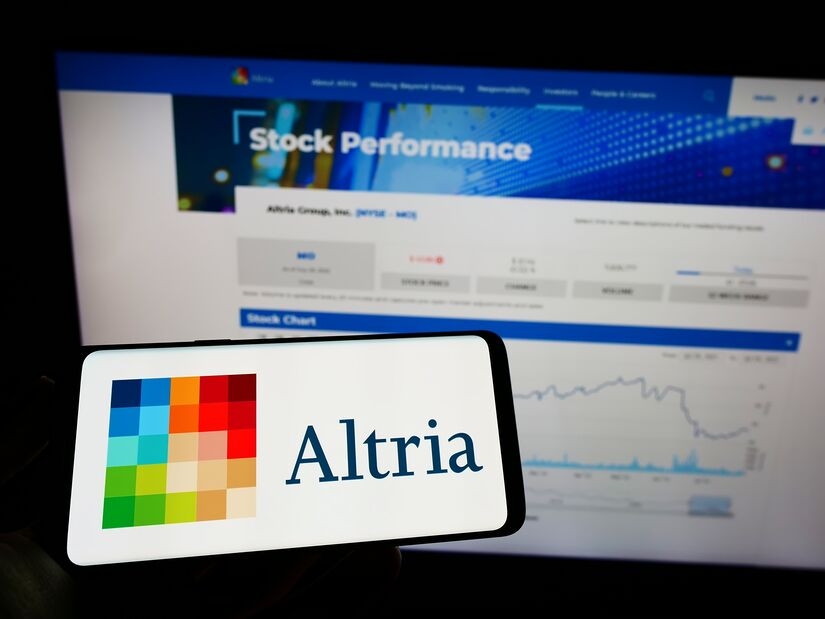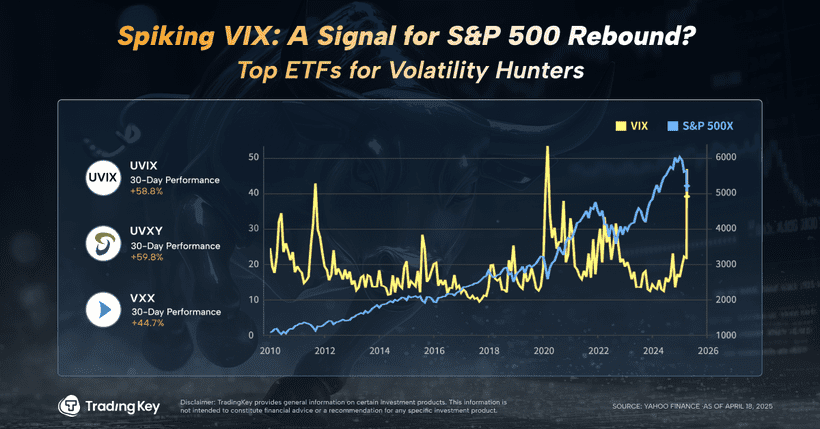AUD/USD gains momentum above 0.6250 on RBA’s cautious tone, China support

- AUD/USD drifts higher to 0.6280 in Monday’s early Asian session.
- Cautious RBA stance and China support underpin the Aussie.
- The preliminary reading of the US S&P Global Manufacturing PMI for March will be the highlight later on Monday.
The AUD/USD pair gains momentum to near 0.6280 during the early Asian session on Monday. The Australian Dollar (AUD) edges higher as the Reserve Bank of Australia (RBA) keeps interest rates high and the Australian economy benefits from expected Chinese stimulus.
Analysts expect the RBA will hold rates steady next month after lowering borrowing costs for the first time in four years in February. Last week, RBA Assistant Governor (Economic) Sarah Hunter reiterated the central bank’s cautious stance on rate reductions as they want to see further evidence that inflation is under control.
Additionally, fresh stimulus measures from the Chinese government boost the China-proxy Aussie, as China is a major trading partner to Australia. The ruling Chinese Communist Party’s (CCP) central committee and state council announced ambitious plans to “vigorously boost consumption” by putting up pay and reducing financial burdens in its latest attempt to increase consumer confidence and lift its struggling economy.
“We see a gradual recovery in the Australian dollar from the second quarter onward, propelled first by dollar depreciation followed by the lagged impact of China stimulus in the second half of 2025,” said Oliver Levingston, a strategist at Bank of America in Sydney.
Trade policies by US President Donald Trump raised concerns about the economic slowdown in the US, which has dragged the US Dollar (USD) lower. Investors brace for the preliminary reading of the US S&P Global Manufacturing Purchasing Managers Index (PMI) for March. However, the surprise upside reading could lift the Greenback and cap the upside for the pair.
Australian Dollar FAQs
What key factors drive the Australian Dollar?
One of the most significant factors for the Australian Dollar (AUD) is the level of interest rates set by the Reserve Bank of Australia (RBA). Because Australia is a resource-rich country another key driver is the price of its biggest export, Iron Ore. The health of the Chinese economy, its largest trading partner, is a factor, as well as inflation in Australia, its growth rate and Trade Balance. Market sentiment – whether investors are taking on more risky assets (risk-on) or seeking safe-havens (risk-off) – is also a factor, with risk-on positive for AUD.
How do the decisions of the Reserve Bank of Australia impact the Australian Dollar?
The Reserve Bank of Australia (RBA) influences the Australian Dollar (AUD) by setting the level of interest rates that Australian banks can lend to each other. This influences the level of interest rates in the economy as a whole. The main goal of the RBA is to maintain a stable inflation rate of 2-3% by adjusting interest rates up or down. Relatively high interest rates compared to other major central banks support the AUD, and the opposite for relatively low. The RBA can also use quantitative easing and tightening to influence credit conditions, with the former AUD-negative and the latter AUD-positive.
How does the health of the Chinese Economy impact the Australian Dollar?
China is Australia’s largest trading partner so the health of the Chinese economy is a major influence on the value of the Australian Dollar (AUD). When the Chinese economy is doing well it purchases more raw materials, goods and services from Australia, lifting demand for the AUD, and pushing up its value. The opposite is the case when the Chinese economy is not growing as fast as expected. Positive or negative surprises in Chinese growth data, therefore, often have a direct impact on the Australian Dollar and its pairs.
How does the price of Iron Ore impact the Australian Dollar?
Iron Ore is Australia’s largest export, accounting for $118 billion a year according to data from 2021, with China as its primary destination. The price of Iron Ore, therefore, can be a driver of the Australian Dollar. Generally, if the price of Iron Ore rises, AUD also goes up, as aggregate demand for the currency increases. The opposite is the case if the price of Iron Ore falls. Higher Iron Ore prices also tend to result in a greater likelihood of a positive Trade Balance for Australia, which is also positive of the AUD.
How does the Trade Balance impact the Australian Dollar?
The Trade Balance, which is the difference between what a country earns from its exports versus what it pays for its imports, is another factor that can influence the value of the Australian Dollar. If Australia produces highly sought after exports, then its currency will gain in value purely from the surplus demand created from foreign buyers seeking to purchase its exports versus what it spends to purchase imports. Therefore, a positive net Trade Balance strengthens the AUD, with the opposite effect if the Trade Balance is negative.





